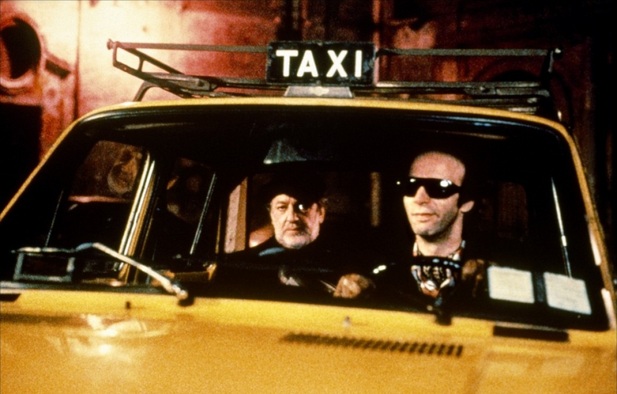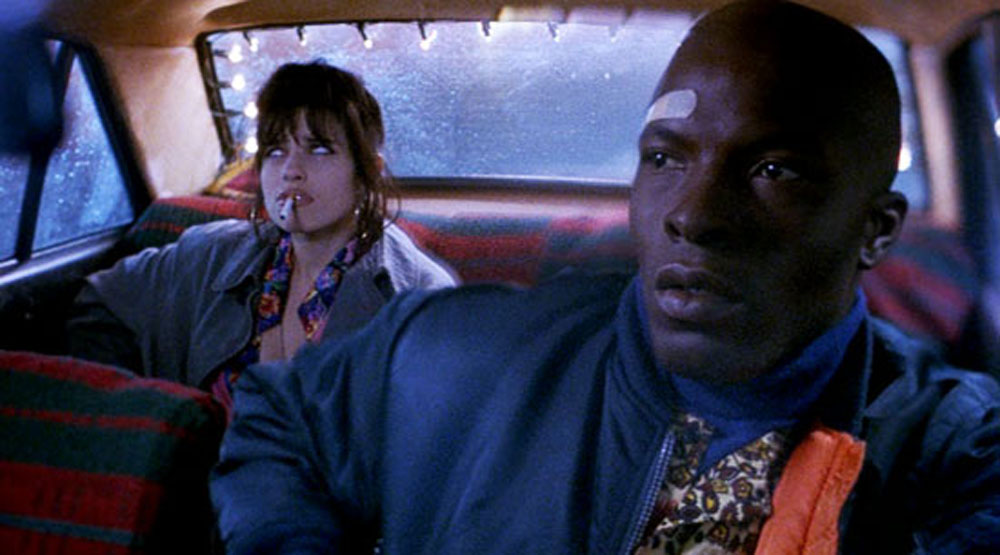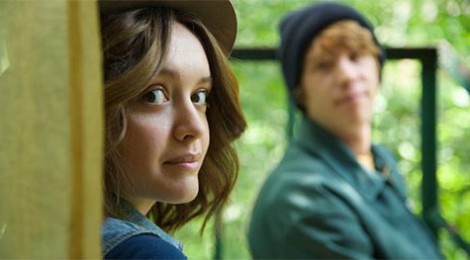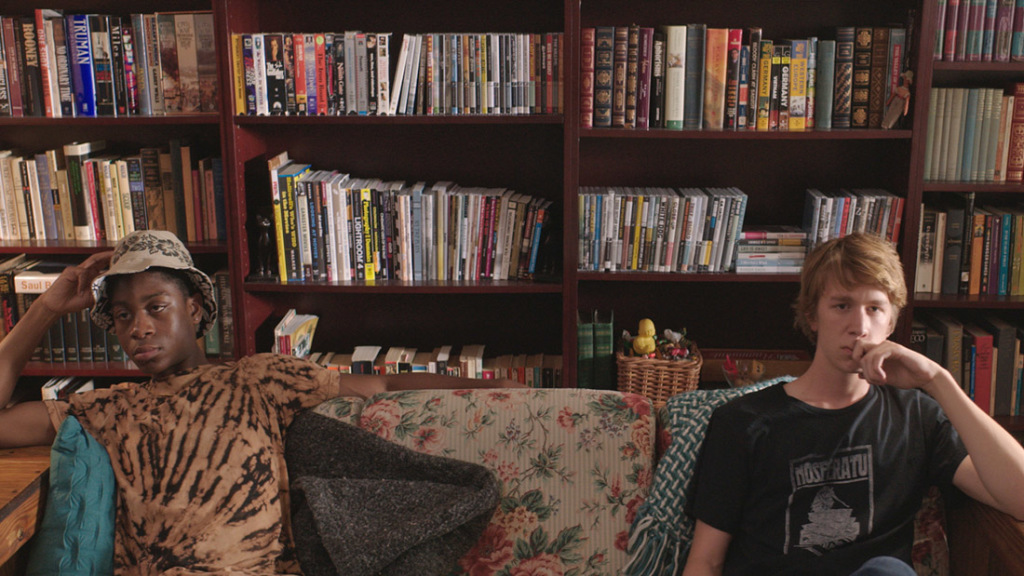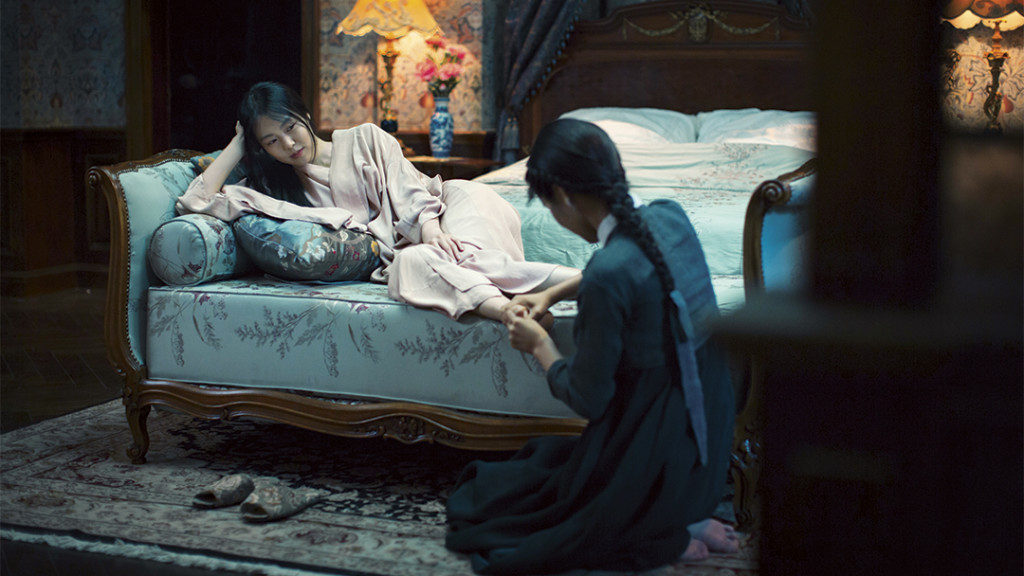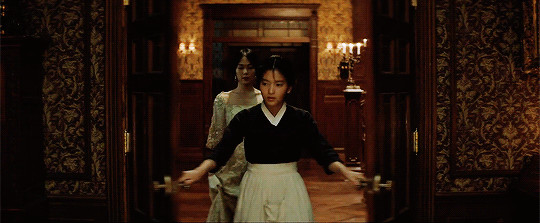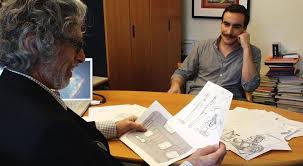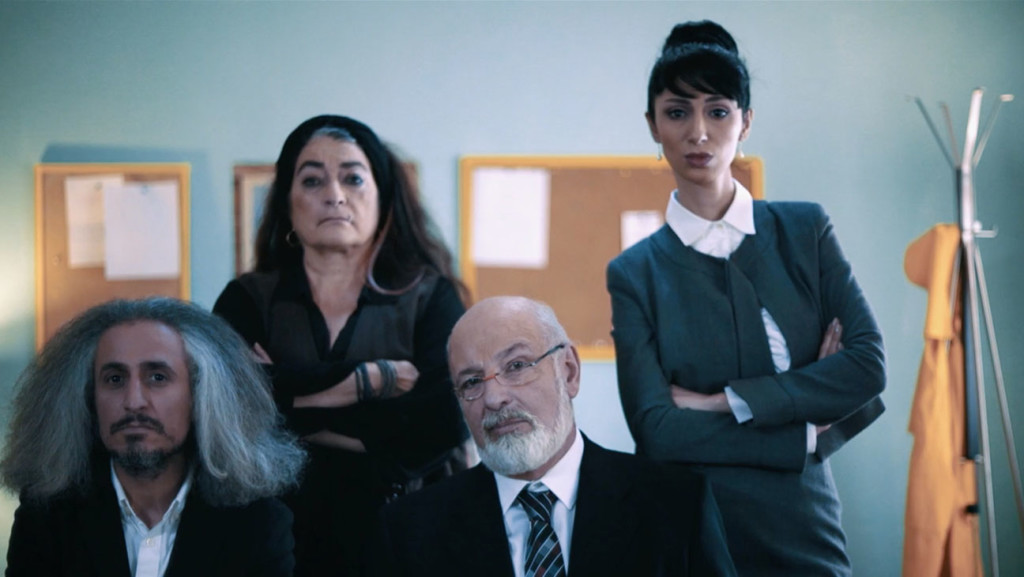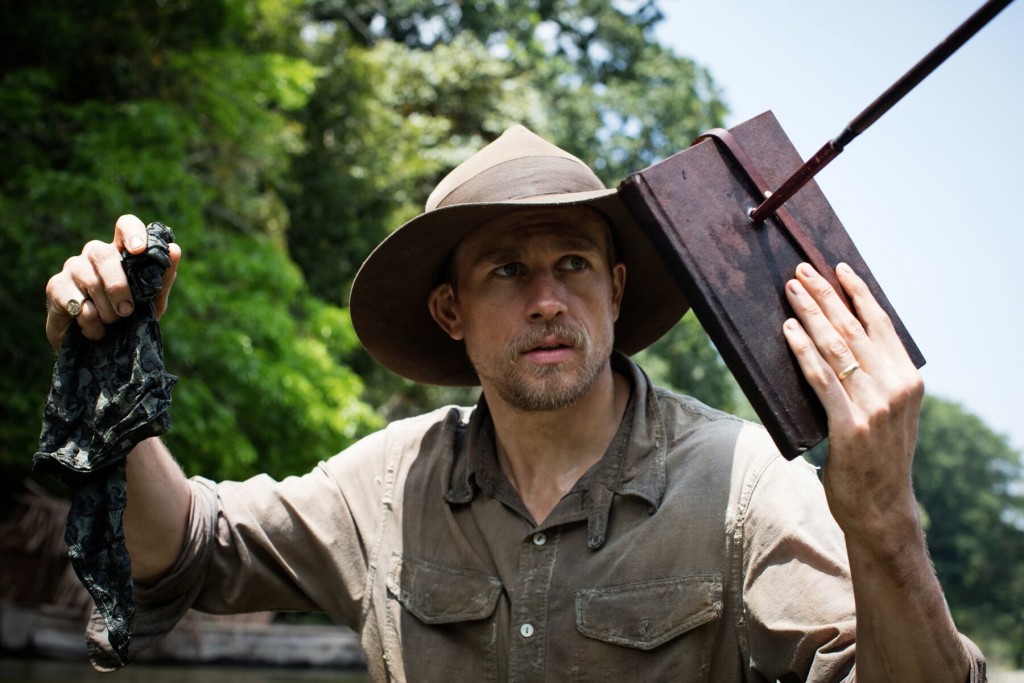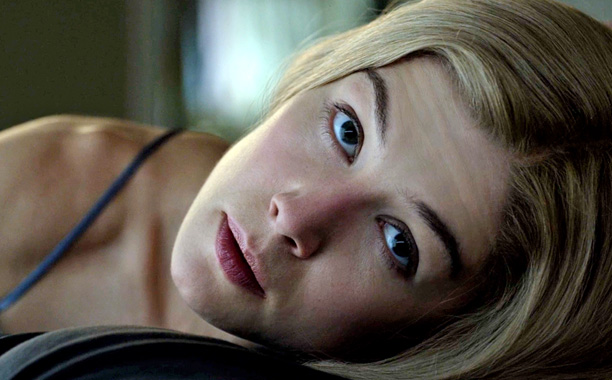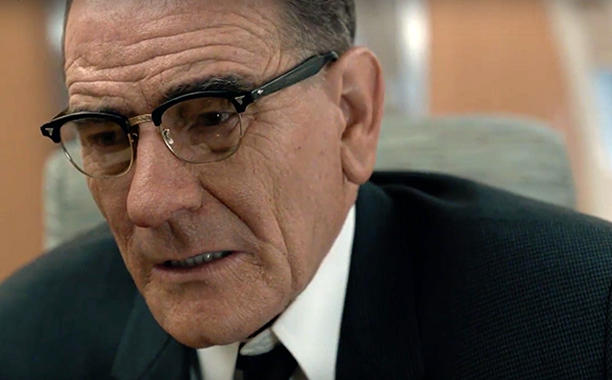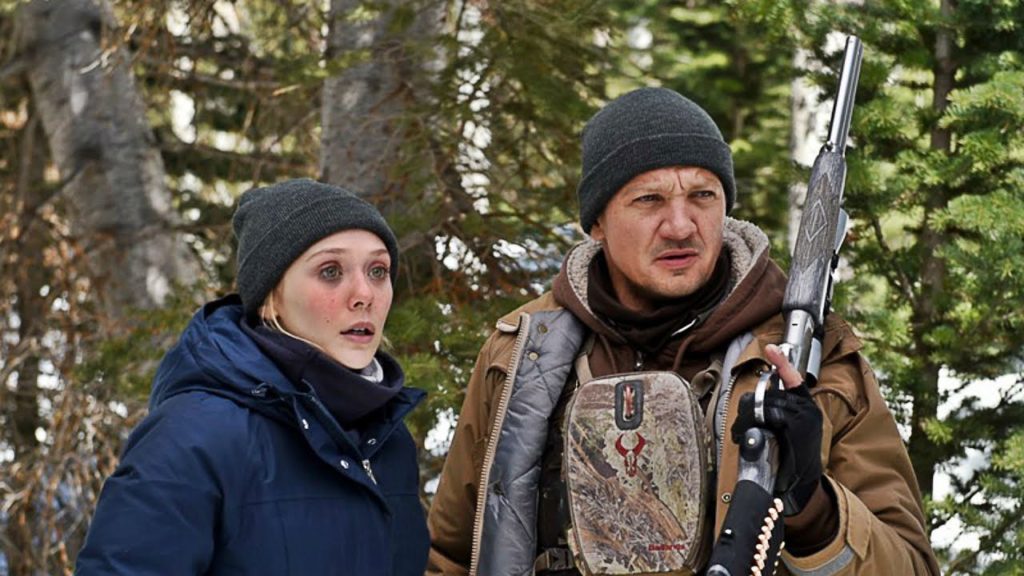
With the contemporary Western thriller Wind River, screenwriter Taylor Sheridan has delivered another masterpiece, this time in his first effort as director. Wind River was probably my most anticipated film of that year because I pegged Sheridan’s previous movie Hell or High Water as the best movie of 2016. Wind River doesn’t disappoint and was one of the best movies of 2017.
The story is set in and around Wyoming’s Wind River Indian Reservation. Cory (Jeremy Renner) is a professional hunter who finds the body of a native American teenage girl. To find out what happened to her and who is responsible, the tribal police chief Ben (Graham Greene) calls for help from the feds. That assistance arrives in the form of FBI agent Jane (Elizabeth Olsen), an inexperienced city slicker who has no clue how to survive in the lethal elements of the wild country. She is canny enough to understand that she needs the help of Cory, who knows every inch of the back country. He has his own reason – very important to the story – to solve the mystery, and the unlikely duo embark on a dangerous investigation, which they know will end in a man hunt.
The man hunt leads to a violent set piece that Sheridan directs masterfully. There’s a sudden escalation of tension, then apparent relief and then an explosion of action. Deadly chaos envelops several characters, but we’re able to follow it all clearly, while we’re on the edges of our seats.
Jeremy Renner’s performance as Cory is brilliant. Cory is a man whose life has been redirected by a family tragedy. He’s a Western stoic of few words, but – unusual for his type – an individual who deals with his grief in a very specific and self-aware way. Playing a character who reloads his own rounds, Renner is able to deliver hard-ass, determined efficiency along with some unexpected tenderness.
Olsen is also very good as Jane who understands that she may appear to be the bottom of the FBI’s barrel because she is a woman and very green and tiny. Resolute and spunky, she moves past what others might take as a slight because no unaided outsider is going to be able to navigate the harsh environment and the culture of the reservation. She isn’t trying to make a name for herself, but just to take responsibility in the old-fashioned way that we would expect from characters played by Glenn Ford, Gregory Peck, John Wayne and Clint Eastwood. She’s got to do the right thing.
As Martin, the dead girl’s father, Gil Birmingham (Hell or High Water) has two unforgettable scenes. His first scene is phenomenal, as he processes the worst possible news with an outsider, Jane, and then with his friend, Cory. Graham Greene and Tantoo Cardinal are also excellent. Kelsey Asbille and Jon Bernthal are also stellar in a flashback of the crime.
Sheridan and cinematographer Ben Richardson (Beasts of the Southern Wild) make great use of the Big Sky country, with the jagged topography of its mountains and the feral frigidity of its forests. Wind River opens as Cory hunts in spectacular postcard scenery; when we first see the reservation, we are jarred – this is a very bad place.
Taylor Sheridan has a gift for writing great, great movie dialogue:
“Who’s the victim today? Looks like it’s gonna be me.”
and
“This isn’t the land of backup, Jane. This is the land of you’re on your own.”
When Cory says, “This isn’t about Emily”, we know that this is precisely about Emily. When Cory says, “I’m a hunter”, we know exactly what his intentions are – and so does Martin.
Sheridan hates that, in much of our society, people are disposable. He has explored that theme in Sicario, Hell or High Water and now Wind River. Wind River begins with a title explaining that the story is inspired by actual events, and ends with a particularly horrifying non-statistic. I’ve also written an essay on Sheridan’s filmmaking signatures, the films of Tayler Sheridan.
Smart, layered and intelligent, Wind River is another success from one of America’s fastest-rising filmmakers. It’s available to stream from Amazon, iTunes, Vudu, YouTube and Google Play.

